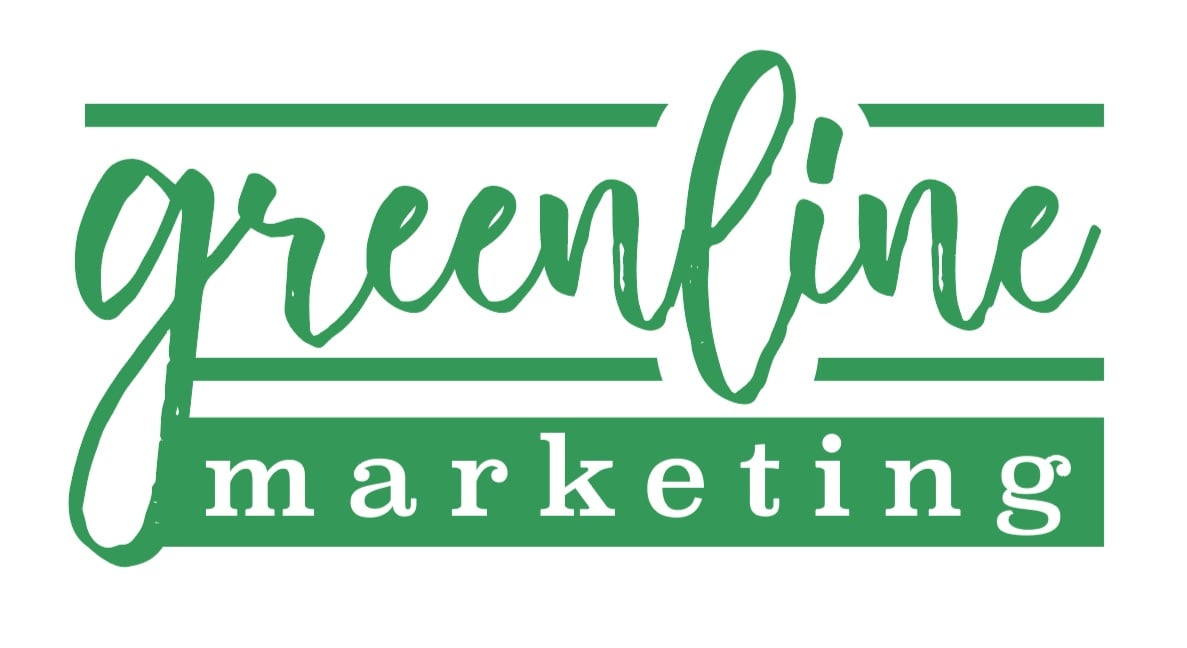Over 94% of folks judge a website based on its design, so a slick and user-friendly interface is key. Customer experience is like your trusty steed; treat it right, and it'll carry you far. That's where animation comes in, a real game-changer that'll make your content shine brighter than a gold nugget in the midday sun. Video might be king, but animation is its partner in crime, revolutionizing the possibilities for brands looking for ways to connect with their audience.
UNTANGLING ANIMATION IN MARKETING
Marketing animation uses animated graphics and visuals to hit the bullseye, promoting your messages. It's a dynamic way to explain complex ideas in a way that's clear, engaging, and easy to understand. Animation simplifies the complex, keeping folks hooked on your message through movement.
Animation adapts to any brand, allowing you to create a message that rides alongside your image perfectly. Whether you need to showcase the inner workings of a new idea or tell a heartfelt tale about your brand's roots that'll make your audience reach for their handkerchiefs, animation offers a level of versatility and engagement unlike anything else. It's your wagon to haul your message across different digital frontiers, apps, social media, websites, you name it!
While video might reign supreme in terms of pure content delivery, animation is its partner-in-crime, revolutionizing how brands connect with audiences. It does this by:
- Breaking Down Complex Ideas: Imagine explaining financial services with a static infographic. Now imagine that infographic coming to life, with animated charts and characters explaining concepts in a clear and engaging way. That's the power of animation.
- Evoking Emotions: A well-crafted animation can tap into viewers' emotions, creating a stronger connection with your brand. A heartwarming story about your company's roots told through animation, can leave a lasting impression and build brand loyalty.
- Boosting Memorability: Let's face it, people are bombarded with information online. Animation's dynamic nature helps your message stand out and stick in viewers' minds.
THE MANY “SADDLES” OF ANIMATION
Not all saddles fit every buckaroo, and similarly, animation isn’t a one-size-fits-all solution. Just as each cowboy needs a saddle that suits their specific needs and horse, different messages require different animation styles to be effectively communicated. Animation isn’t a single-trick pony; it offers a diverse range of styles, each with unique strengths and applications. Here’s a roundup of various animation styles and their uses, ready to wrangle your message and make it stand out. Each of these styles has its own place in the marketing corral, and choosing the right one can help you effectively communicate your message and engage your audience.
- Traditionally Drawn Animation: The classic, frame-by-frame style that evokes nostalgia, perfect for conveying a timeless brand message or a heartwarming story.
- 2D Animation: Flat characters and environments are often used for explainer videos, product demonstrations, and social media content. It offers a clean and engaging way to present information.
- 3D Animation: Creates immersive experiences with realistic 3D models and worlds. It is ideal for showcasing complex products, creating virtual tours, or telling stories in a visually stunning way.
- Motion Capture: Brings characters to life by recording live action and converting it into animation. Perfect for creating realistic product demonstrations or adding a touch of human emotion to your message.
- Motion Graphics: Animated graphic elements easily explain information and data. They are ideal for infographics, explainer videos, and presentations.
- Stop Motion: A unique, tactile aesthetic created by physically manipulating objects one frame at a time. Great for creating a handcrafted feel or adding a touch of whimsy to your brand story.
STATIC IS OUT; ANIMATED IS IN: 5 REASONS WHY
Animation rides in, breathing life into your marketing materials and boosting engagement. It makes complex ideas crystal clear and tells unforgettable stories that will make your brand the talk of the town. So saddle up and dive into these five key reasons why animation should be your next marketing move.
Attention Grabbing: Animation's dynamic visuals and ability to tell stories keep folks hooked and engaged, increasing the likelihood they'll watch your entire message.
- Taming Complexity: Complex ideas become easy to understand with the power of animation. Visual representations and storytelling can break down complicated concepts into bite-sized pieces.
- Platform Powerhouse: Animation works seamlessly across websites, social media, and apps for a consistent brand experience. This reinforces your brand identity and makes it easily recognizable across different platforms.
- Brand Recognition Boost: Consistent animation builds brand awareness and makes you unforgettable. The more people see your unique animation style, the more they'll associate it with your brand.
- Standing Out from the Herd: Animation sets you apart in a crowded market, making your brand unique and memorable. In a sea of static content, animation allows you to truly shine and capture the audience's attention.
WEBSITE ANIMATION TRENDS
Animations can transform a static site into a dynamic and engaging experience. Here are some trending website animation techniques in 2024, along with how they can benefit your brand:
- Hover Animations: Subtle changes triggered by user mouse movements, like color adjustments or playful character movements when hovering over specific elements. These can add a layer of interactivity and delight visitors as they explore your site.
- Typographic Animations: Letters that change color, fade, slide, or grow as users interact with the content, conveying messages and emotions in a captivating way. Imagine text that animates to reveal a hidden message or a call to action that pops off the screen, grabbing user attention.
- Interactive Type: Hover-triggered variations in font weight or style. This can be used for subtle emphasis or to create a more playful and engaging user experience.
Let's Get Animating! Tools for Wrangling Your Message
Emerging tools like Spline are making it easier for artists to embed 3D design and animation on websites. These tools are special because of their interactivity, allowing users to click and drag objects for various effects. Lottie is another powerful tool—a library for iOS, Android, and React Native that renders After Effects animations in real-time, making it easy to use animations just like static images.
Figma excels in UI/UX design and prototyping, making it an ideal tool for creating detailed and interactive design elements. Its animation capabilities, such as Smart Animate, allow designers to create fluid, engaging transitions, and prototype interactions seamlessly. This feature is particularly useful for UX/UI designers who need to communicate their designs effectively to stakeholders. Figma’s collaborative environment enables multiple team members to work on the same project in real time, enhancing productivity and ensuring consistency across design components. Adding animation to your marketing materials can give them a real kick. One tool that streamlines the process is Figmotion. It integrates right into Figma, so designers can animate without needing separate software. This makes handoff to developers smoother and keeps everything in your digital wrangling corral.
Webflow, on the other hand, is a low-code platform that bridges the gap between design and development. It enables users to bring their animated designs to life without extensive coding knowledge. Webflow’s visual interface and robust animation tools make it easy to implement complex interactions and animations directly into live websites.
ANIMATION BEYOND WEBSITES: ENGAGING ACROSS PLATFORMS
Animations in app design enhance user experience by making interfaces more attractive and responsive. Progress bars that animate as tasks are completed, click effects that provide visual feedback on user interactions, and smooth transitions between screens all improve usability and keep users engaged. Remember, use animation strategically to avoid overwhelming users with too much movement or cluttering the interface, no matter the platform.
Short-form animated videos are perfect for capturing attention on platforms like YouTube (think explainer videos or product demos), Facebook (engaging brand stories or product announcements), TikTok (catchy trends or challenges related to your brand), and Instagram (eye-catching product presentations or stories). Brands like Samsung (think: showcasing new technology through visually stunning animations) and Nike (motivational and inspiring stories featuring athletes) use animation to create excitement, communicate values, and highlight key messages. Tools like Canva can help you get started with creating engaging social media content, even for beginners.
HOLD YOUR HORSES! LET'S CHECK OUT ANIMATION STUDS
Here are some examples showcasing the power of animation, with insights into what makes them successful:
Museum of Annoying Experiences: This virtual museum showcases the potential of animation to create immersive digital experiences. While seemingly complex, it demonstrates how different animation styles can work together.
Noomo: This award-winning agency excels in creating interactive experiences, storytelling websites, and more. Its portfolio is full of creative animation use cases. Noomo doesn't just use animation for aesthetics; it leverages it strategically to enhance user experience and tell compelling brand stories.
Mama Joyce Peppa Sauce: In a crowded market, they stand out with "delightful chaos." Text rains down while a bottle of sauce drifts hypnotically, keeping viewers engaged with a visually striking experience. Despite the busy screen, color and contrast keep the focus on the main product, making it memorable. This example shows how animation can be used to create a distinct brand personality and grab attention in a crowded space.
Nolk: They help businesses scale up, which is a potentially dry topic. However, their website uses just the right amount of animation to grab attention. With simple typography animations and small dancing images, they make their content engaging without distraction. Notice how Nolk uses subtle animations to highlight key information and guide users toward their lead generation form, all without overwhelming the user experience.
THE FUTURE OF ANIMATION IN MARKETING
As technology evolves, we can expect to see even more innovative and immersive animation experiences. Here are some exciting trends to keep an eye on:
- Interactive Storytelling: Animation will become even more interactive, allowing users to influence the narrative and create a more personalized experience.
- Augmented Reality (AR) and Virtual Reality (VR): The integration of AR and VR with animation will unlock new possibilities for storytelling and brand engagement.
- AI-powered animation: Artificial intelligence (AI) will streamline the animation creation process, making it more accessible and affordable for businesses of all sizes.
Whether on social media, apps, or websites, well-executed animations grab attention, simplify complex ideas, and enhance user experiences. Incorporating animation into your digital strategy can make your brand stand out in a crowded market. It's about more than just visual appeal; it's about creating memorable, engaging experiences that keep your audience coming back for more. So saddle up and start exploring the world of animation—your brand's next frontier awaits!




